


About

COLUMN
10.
CASE STUDY
Value You Can Feel: How The Primestone Group’s Core Values Shape the Client Experience

11.
CASE STUDY
When Values Impart Value: How Culture Creates a Competitive Edge at Lowe Engineers

The Architecture of Authentic Differentiation
In today's hypercompetitive marketplace, professional service firms face an unprecedented challenge: standing out in a sea of seemingly identical offerings. What differentiates one firm from another when expertise and experience appear interchangeable? The answer lies in what services you provide and how your values manifest throughout the client journey.
The fundamental question remains: How do you differentiate your firm when everyone claims similar expertise, experience, and excellence?
Values As Experience Architects
Your firm's values aren't just internal guideposts—they're the architects of your client experience. When authentically embodied, values translate into tangible interactions, decisions, and deliverables that clients can feel and recognize as distinctly yours.

Values only matter when they influence decisions and behaviors. When embraced authentically, they become powerful differentiators and shape your brand from the inside out.”
Consider how your firm’s values might transform these client touchpoints:
- Initial Engagement: If “accessibility” is a core value, how quickly do you respond to inquiries? How transparent is your proposal process?
- Project Execution: If “collaboration” matters, how do you involve clients in your process? How do you ensure diverse perspectives shape solutions?
- Problem Resolution: How do you handle mistakes if “accountability” defines you? How proactively do you communicate challenges?
- Knowledge Transfer: If “generosity” guides you, how freely do you share insights beyond the scope of work? What value-added resources accompany your deliverables?
Beyond Table Stakes
In today's environment, values must go beyond platitudes. “Integrity” and “excellence” are table stakes—everyone claims them. What's distinctive about how you define and demonstrate these qualities?
Effective values must be:
- Behaviorally defined - Translate abstract concepts into observable actions
- Consistently demonstrated - Evident across all client interactions
- Authentically yours - Reflecting your firm's unique culture and approach
- Decision-driving - Influencing how you solve problems and deliver services
The Alignment Advantage
When vision, mission, and values align authentically, you create a solid foundation for your professional service’s brand. This alignment produces measurable results:
- Internal clarity and cohesion: Staff understand who you are, what you stand for, and where you go. This clarity powers consistent decision-making and service delivery.
- Employee engagement and retention: People are drawn to organizations with a clear purpose and values alignment. This becomes a powerful recruitment and retention advantage in competitive talent markets.
The Client Connection: Values Drive Loyalty
Clients seek firms whose purpose and values mirror their own. Clear positioning makes it easier for your ideal clients to find and choose you.
This values alignment creates a deeper connection than mere service provision. Clients who experience your values in action—not just read about them on your website—develop loyalty that transcends individual projects or personnel changes.
Think about it: clients can find expertise anywhere. They can't easily replace a partnership with a firm whose approach resonates with their organizational culture and priorities.”
Premium Position Through Value Alignment
Distinctive positioning reduces price competition. Clients pay more for services they perceive as uniquely valuable and aligned with their values.
Price sensitivity diminishes when you deliver technical excellence and an experience that aligns with client values. Clients recognize the added value of working with a firm that “gets them” at a fundamental level.
From Values Statement To Values Experience
Transforming stated values into client experience requires deliberate architecture:
- Behavioral Definition: For each value, identify specific, observable behaviors that demonstrate it in client interactions
- Experience Mapping: Audit each phase of your client journey through the lens of your values
- Decision Protocols: Develop values-based frameworks for making key project decisions
- Consistent Communication: Ensure all client touchpoints—from proposal language to project updates—reflect your values
- Feedback Mechanisms: Regularly gather client input on how well their experience aligns with your stated values
Measuring Value Alignment
How will you know your values are shaping client experience effectively? Monitor these indicators:
External Brand Perception:
- Client perception alignment with intended positioning (survey score)
- Unprompted brand attribute mentions in client interviews
- Social media sentiment analysis trends
- Media coverage quality and message consistency
- Website visitor engagement with purpose/values content
- Conversion rates on value-aligned marketing content
- New business win rate for value-aligned opportunities
- Price premium achievement compared to the market average
- Employee retention rate compared to the industry average
NEXT STEPS: DESIGNING YOUR VALUES EXPERIENCE
Ready to transform how your values shape client experience? Consider these action steps:
- Conduct a values audit - Evaluate how consistently your stated values manifest across all client touchpoints
- Facilitate client feedback sessions focused specifically on values alignment
- Develop experience principles that translate each core value into client-facing behaviors and decisions
- Create internal training that helps team members understand how to embody values in client interactions
- Establish values-based decision protocols for key project inflection points
Today's most successful professional service firms recognize that values aren't just internal culture elements—they're powerful differentiators shaping how clients experience your firm’s expertise. Integrating values throughout the client journey creates a distinctive experience that transcends the commoditization trap and builds lasting relationships.
In a marketplace where technical capabilities often appear interchangeable, how you deliver value aligned with your values becomes your most powerful differentiator.
AUTHOR’S NOTE
This article is drawn from the first chapter of the forthcoming 2nd edition of The Architecture of Image: Building the Brand of Your Professional Practice, scheduled for release in Summer 2025.
Craig Park, FSMPS, Assoc. AIA is an Associate Principal with Clark & Enersen, architects and engineers based in Lincoln, Neb. Craig is a marketing thought leader with 40+ years of experience in architecture, engineering, construction, and technology consulting. He served as SMPS national president from 2002-3 and received the Weld Coxe Marketing Achievement Award in 2007. Craig’s unique blend of marketing expertise and technological fluency provides a distinctive perspective on brand evolution in the digital age.
Connect on Linkedin










